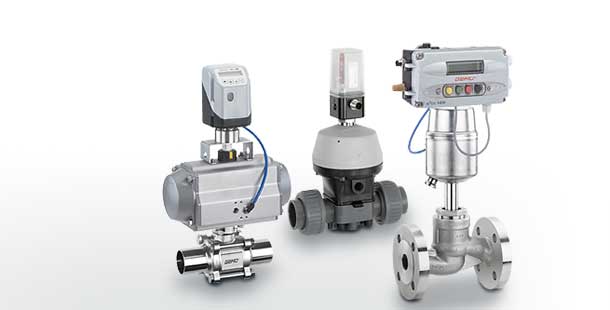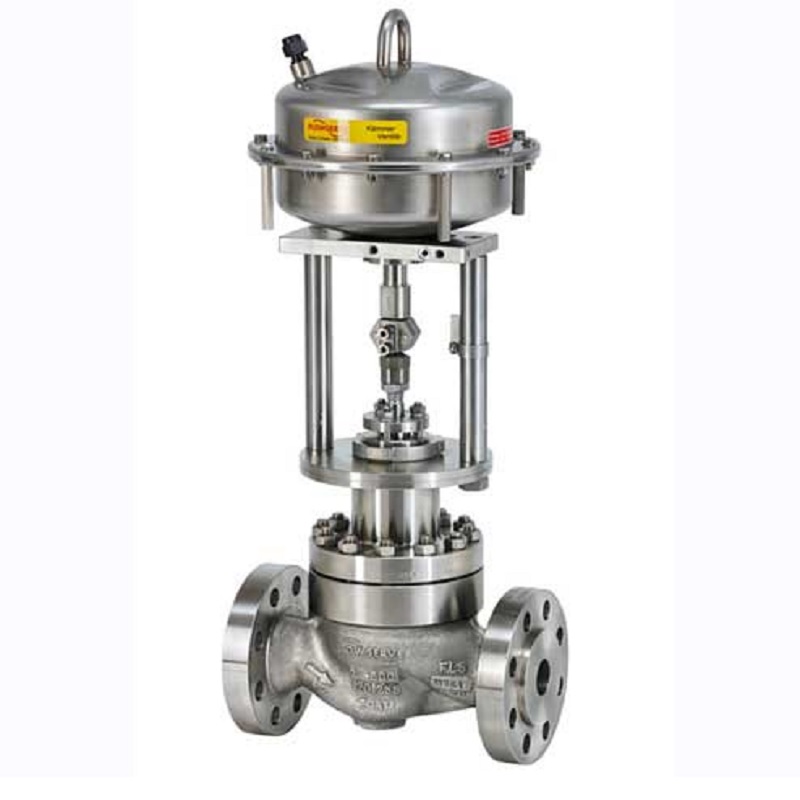Ingenious Control Valves: Enhancing Precision and Integrity
Wiki Article

Maximize Energy Savings and Comfort With Advanced Building Automation Controls
In the realm of modern-day style and center administration, the integration of innovative building automation regulates stands as a pivotal improvement. By taking advantage of the power of automation, structures can adapt, react, and evolve in methods that were once unimaginable.Energy Effectiveness Perks
Energy effectiveness benefits can considerably minimize power usage and functional prices in structures. By carrying out energy-efficient techniques and innovations, building proprietors and operators can attain substantial savings while additionally adding to environmental sustainability. Among the primary advantages of enhancing energy performance in buildings is the reduction of energy bills. Energy-efficient systems, such as innovative building automation controls, can enhance making use of resources like heating, lights, and cooling, bring about lower energy expenses in time.In addition, boosted power performance can lengthen the life-span of building devices and systems. By running much more effectively, HVAC systems, lighting fixture, and other building components experience less damage, resulting in lowered upkeep and substitute expenses. In addition, energy-efficient buildings typically regulate higher residential or commercial property worths and rental rates, offering long-lasting economic advantages to owners.
Additionally, power effectiveness can boost resident convenience and performance. Effectively regulated indoor environments with optimal illumination and thermal conditions produce a more helpful and positive work space, bring about boosted employee contentment and efficiency. Generally, the power performance benefits related to advanced building automation controls are diverse, incorporating cost savings, environmental stewardship, and passenger wellness.
Boosted Convenience Control
Enhancing comfort control in building settings calls for an advanced combination of innovative automation systems for optimal passenger health. By utilizing sophisticated building automation controls, centers can tailor the indoor atmosphere to fulfill the certain needs and preferences of owners. control valves.By incorporating these sophisticated controls, structures can not just boost comfort but also improve energy effectiveness by enhancing system operations based on actual occupancy and usage patterns. Inevitably, prioritizing owner comfort through innovative automation systems leads to a much more pleasurable and healthier indoor atmosphere.
Operational Effectiveness Improvements

In addition, the execution of real-time surveillance and analytics devices allows structure operators to determine power inefficiencies and functional abnormalities promptly. By continually checking power usage patterns and system efficiency metrics, changes can be made in real-time to maximize energy intake and make sure peak operational efficiency. control valves. Additionally, incorporating demand feedback methods into building automation controls can additionally improve functional performance by dynamically adjusting Visit Your URL energy use based on grid conditions and rates signals
Indoor Environment Optimization
Efficient indoor climate optimization is a basic facet of structure automation controls, guaranteeing occupants' comfort and health while making best use of power savings. By using advanced sensing units and controls, constructing automation systems can constantly keep an eye on and readjust temperature level, humidity levels, air top quality, and air flow to create an optimal interior atmosphere. Maintaining comfortable and regular conditions not just improves passenger fulfillment but also increases productivity and overall wellness.Interior environment optimization likewise plays a crucial role in energy performance. By fine-tuning home heating, air conditioning, and air flow systems based on real-time data and occupancy patterns, building automation controls can considerably minimize power usage - control valves. Carrying out techniques such as demand-controlled ventilation and thermal zoning can aid minimize power waste while guaranteeing that each location of the structure receives more the needed conditioning.

Lasting Environment Development
Structure automation manages not just enhance interior environment conditions for energy effectiveness and occupant comfort however likewise lay the foundation for developing a lasting atmosphere through strategic monitoring of systems and resources. By integrating advanced structure automation innovations, such as sensing units, actuators, and intelligent software, facilities can readjust and keep track of energy use in real-time to decrease waste and lower their carbon impact. These systems allow anticipating upkeep, identifying possible concerns before they intensify and enhancing devices performance to boost long life and effectiveness.Furthermore, lasting environment production prolongs beyond energy monitoring to incorporate water preservation, waste decrease, and indoor air top quality enhancement. Building automation controls can manage water usage, identify leakages, and guarantee correct waste disposal techniques, adding to total sustainability try this web-site efforts. In addition, by monitoring and managing ventilation and filtration systems, these modern technologies improve resident wellness and productivity while lowering power intake connected with heating and cooling procedures.
Conclusion
To conclude, advanced structure automation controls deal substantial advantages in regards to energy financial savings, convenience control, functional effectiveness, indoor climate optimization, and creating a sustainable setting. By executing these controls, buildings can attain optimal performance while lowering energy usage and enhancing owner convenience. It appears that making use of advanced automation innovation is important in boosting structure performance and developing a more sustainable future.Energy efficiency benefits can dramatically lower power intake and functional prices in structures. On the whole, the energy efficiency advantages linked with advanced building automation controls are multifaceted, including expense financial savings, environmental stewardship, and resident well-being.
Additionally, integrating demand response approaches right into structure automation controls can additionally enhance operational performance by dynamically changing energy usage based on grid conditions and pricing signals.
Structure automation manages not only maximize indoor climate conditions for power effectiveness and occupant convenience yet likewise lay the foundation for creating a lasting atmosphere through strategic monitoring of sources and systems.In verdict, progressed building automation regulates offer substantial advantages in terms of energy savings, convenience control, operational performance, indoor environment optimization, and producing a sustainable setting.
Report this wiki page